Art: Painting

Art During the Holocaust
Art: Representation of Biblical Women
For centuries, art has portrayed biblical women in ways that reflect society’s attitudes towards women and their role. Depictions of female biblical figures fluctuate according to historical and social perceptions. Jewish art often features heroic and worthy women who, through their courageous deeds, helped to triumph over Israel’s enemies.
Artists in Britain: 1700-1940
Lilian Holt, Clara Klinghoffer, Gluck, Orovida Pissarro, Flora Lion, Lily Delissa Joseph, and perhaps most famously, Rebecca Solomon were just a few of the trailblazing Jewish female artists in England who overcame many obstacles, such as obtaining art lessons and entering a male dominated field, to work professionally and impact England’s art scene.
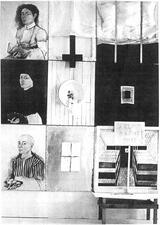
"Second Generation" Women Artists in Israel
Israeli women artists, second generation descendants of Holocaust survivors, have expressed in their art the grim atmosphere of absence, emptiness, and loss they absorbed. Their individual responses to the Holocaust differ in intensity and power.
Artists: Contemporary Anglo
In Britain, both feminism and feminist art took considerably longer to emerge and make their mark than in the United States, but when they did, many Jewish women artists created profound artistic work. British Jewish women artists generally hold both Jewishness and gender as central to their artistic output. Their art reveals the diverse ways in which women perceive their Jewishness in contemporary Britain.
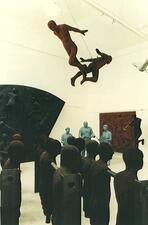
Artists: Israeli, 1970 to 2000
The inclusion of feminism in Israeli art was seen as irrelevant in the 1970s, when Israel was seen as a state of gender equality. But in the following decades, amid vast changes in Israeli society, women worked hard to make themselves seen and have their stories told in the wider world of Israeli art.
Artists: Russia and the Soviet Union
Jewish women participated in the artistic life of the Russian Empire and the Soviet Union for over a hundred years. Jewish women artists worked in all styles, from the routine academic to the extreme avant-garde. There were also well-known art patrons, gallery owners, art historians, and art critics.
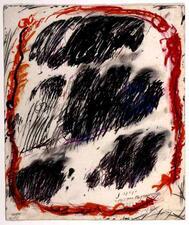
Artists: Yishuv and Israel: 1920-1970
While women are often excluded from the historical narrative of Israeli art-making, women artists made significant contributions to the canon of Israeli art throughout the twentieth century. Depicting landscapes, creating ceramics, and painting beautiful portraits, many female artists made significant contributions to the development of the Bezalel Art school and Israeli modern art. In 1952, the artistic Group of Ten was founded, to use a modern language in order to express the Israeli experience and landscape.
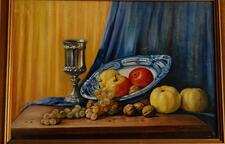
Austria: Jewish Women Artists
Most Jewish women artists from Austria have been forgotten due to the male domination of the Austrian art sphere and the Holocaust. However, many Jewish female artists in Austria created influential work and established their own system of education and their own organizations, leading to a flourishing female art world until 1938.

Eugenie Baizerman
Artist Eugenie Baizerman rarely exhibited her work and never sold a painting during her lifetime. According to her husband, sculptor Saul Baizerman, although she sought a quiet life to focus on her work, she nevertheless experienced an inner turmoil that manifested itself in the free, expressionistic colors of her canvases.
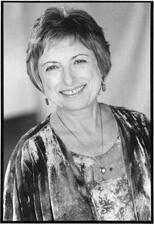
Ora Bat Chaim
Ora Bat Chaim is a poet, painter, and concert manager who in her late 50s began a prolific music composition career. Bat Chaim was the manager of the Zavit Theater and composed over 400 pieces for musicians, plays, and movie soundtracks. Her music can be described as a reflection of Jewish mysticism, yoga, and universal principles of truthfulness, compassion, and tolerance.
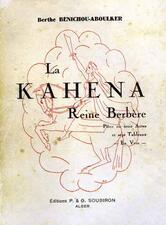
Berthe Bénichou-Aboulker
Writer and artist Berthe Bénichou-Aboulker was born in Oran, French Algeria, in 1886. She published a number of collections of poems and plays. After publishing her first play in 1933, she became the first woman writer to be published in Algeria.
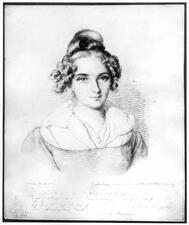
Berlin Salons: Late Eighteenth to Early Twentieth Century
The Berlin salons that developed in the late eighteenth century owed both their existence and the form of their development to Jewish women. These salons have variously been criticized as a symptom of failing Jewish tradition or welcomed as a phenomenon of emancipation and acculturation. Regardless, their importance as highlights of the salon culture and for the process of women’s emancipation in Germany cannot be denied.
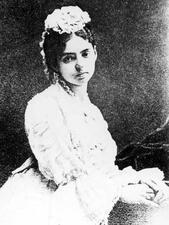
Felicie Bernstein
Felicie Bernstein was one of the last Berlin salonnières, a patron of modern art and artists, and a philanthropist who supported early feminism.
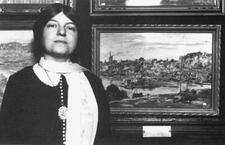
Theresa Bernstein
Painter, printmaker, teacher, poet, celebrated raconteur, and art activist, Theresa Bernstein was an enduring fixture in the art worlds of New York and the summer colony at Gloucester, Massachusetts, for ninety years. Her paintings and prints are now in museums across the country, including the Metropolitan Museum of Art and the Smithsonian Institution.
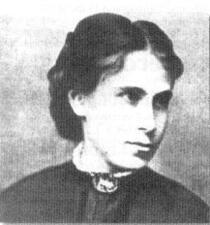
Tina Blau
Tina Blau was the only Jewish woman artist of her generation to be recognized by her peers. Blau made her artistic debut in 1867 and her paintings were included in the 1873 Viennese World Exhibition. In 1897 she co-founded the Wiener Frauenakademie, an art school for women, and taught there until 1915.
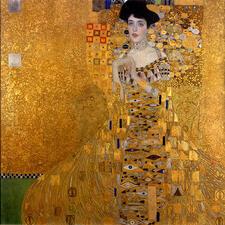
Adele Bloch-Bauer
Helen Abrahams Blum
Helen Abrahams Blum was an artist who developed a passion for theater. Blum exhibited her work in various galleries throughout the United States and designed scenery and costumes for the Little Theater Movement. She was an active member of the Rodeph Shalom Sisterhood and the international peace movement.
Ruth Light Braun
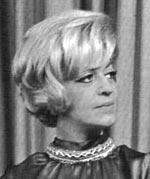
Brazil, Contemporary
Brazil is home to the second largest Jewish community in South America. Jewish women played important roles in the absorption of Jewish immigrants from Europe, the Middle East, and North Africa, and also made important contributions to Brazilian intellectual and artistic life.
Ghitta Caiserman-Roth
Ghitta Caiserman-Roth was a well-known Canadian artist who showed her work in galleries in Canada and New York. Caiserman-Roth studied at Parsons School of Design, the École des Beaux-Arts, and at the American Artists’ School and won several awards for her artistic achievements. In her later years, she served on the Royal Canadian Academy of Arts council.
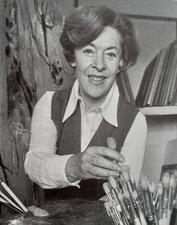
Judy Cassab
Vienna-born, Budapest-trained painter Judy Cassab, a survivor of the Holocaust, arrived in Australia in 1951. She became one of the country’s best-known and best-loved artists, primarily for her portraits but also for her depictions of Australia’s bright interior.

Roz Chast
One of New York’s most distinct Jewish cultural voices, Roz Chast is most famous for her New Yorker cartoons over the past four decades. Her works range from whimsical, irreverent, and quirky to poignant and heartbreaking, and she is widely considered one of the most comically ingenious and satirically edgy visual interpreters of everyday life.

Zoya Cherkassky
Zoya Cherkassky (b. 1976 in Kyiv, Ukraine) is a prominent Israeli artist. She works in a range of media and styles, synthesizing traditional painting techniques with vernacular tools and moving freely between allusions to the European canon and contemporary art. Her work is marked by humor, irony, and satire and at times has been controversial.



